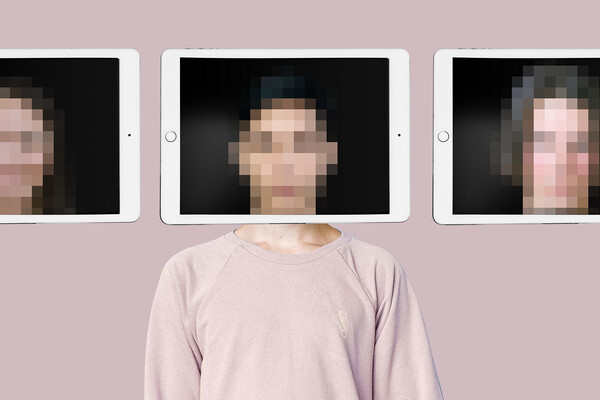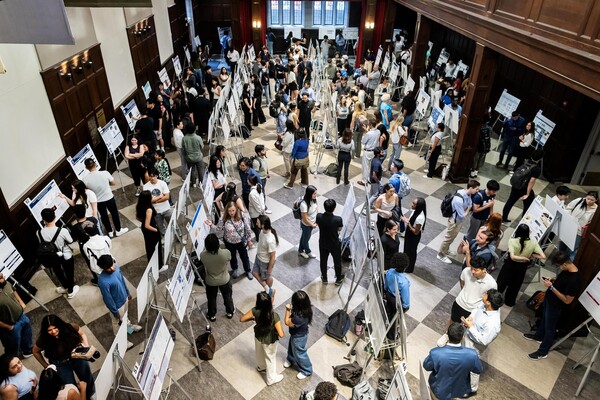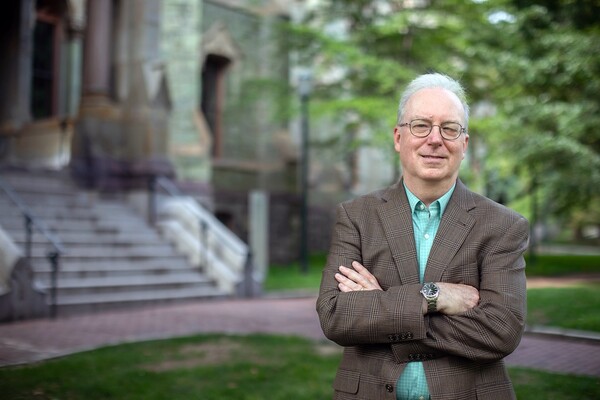
Image: Mininyx Doodle via Getty Images
The rise of the automobile and "megascale" buildings have proven the greatest catalysts to changes in urban design, according to internationally renowned architect Moshe Safdie.
Safdie, the first of several luminaries scheduled in a lecture series at the Graduate School of Fine Arts, addressed a crowd approaching 200 Jan. 26 in Meyerson Hall.
Megascale buildings, like malls and hospitals, create interior "virtual environments" with no need for natural ventilation from windows or interaction with their surroundings, Safdie said.
"Is there a difference between looking out on a real view with the real sun and the virtual?" he said, speaking in a room with neither virtual nor real windows.
Megascale buildings and automobiles created the modern, expanded city, with nodes of concentration and dispersal, he said. Urban designers need to consider those nodes as places where cars and public transit can interface and where people can meet in redefined versions of the old, now inaccessible urban piazzas.
Safdie's buildings include Habitat in Montreal, the Skirball Cultural Center in Los Angeles, and rehabilitation projects and a completely new town in Israel.
His talk signals a more active Urban Design program, said the program's director, Witold Rybczynski. A new core curriculum is in place and the master's in architecture allows specialization in urban design.
"Philadelphia is a laboratory for urban designers," Rybczinski said. "We have the colonial city; we have the industrial city, the downtown revived city, the West Philadelphia street car suburbs, the Chestnut Hill railroad suburbs, the Main Line auto suburbs, and the edge suburbs like King of Prussia. The history of American urbanism is all there."
Upcoming speakers include Laurie Olin, the designer and architect of Independence Mall, who teaches here, and former presidential candidate Michael Dukakis.

Image: Mininyx Doodle via Getty Images

nocred

Image: Pencho Chukov via Getty Images

Charles Kane, Christopher H. Browne Distinguished Professor of Physics at Penn’s School of Arts & Sciences.
(Image: Brooke Sietinsons)